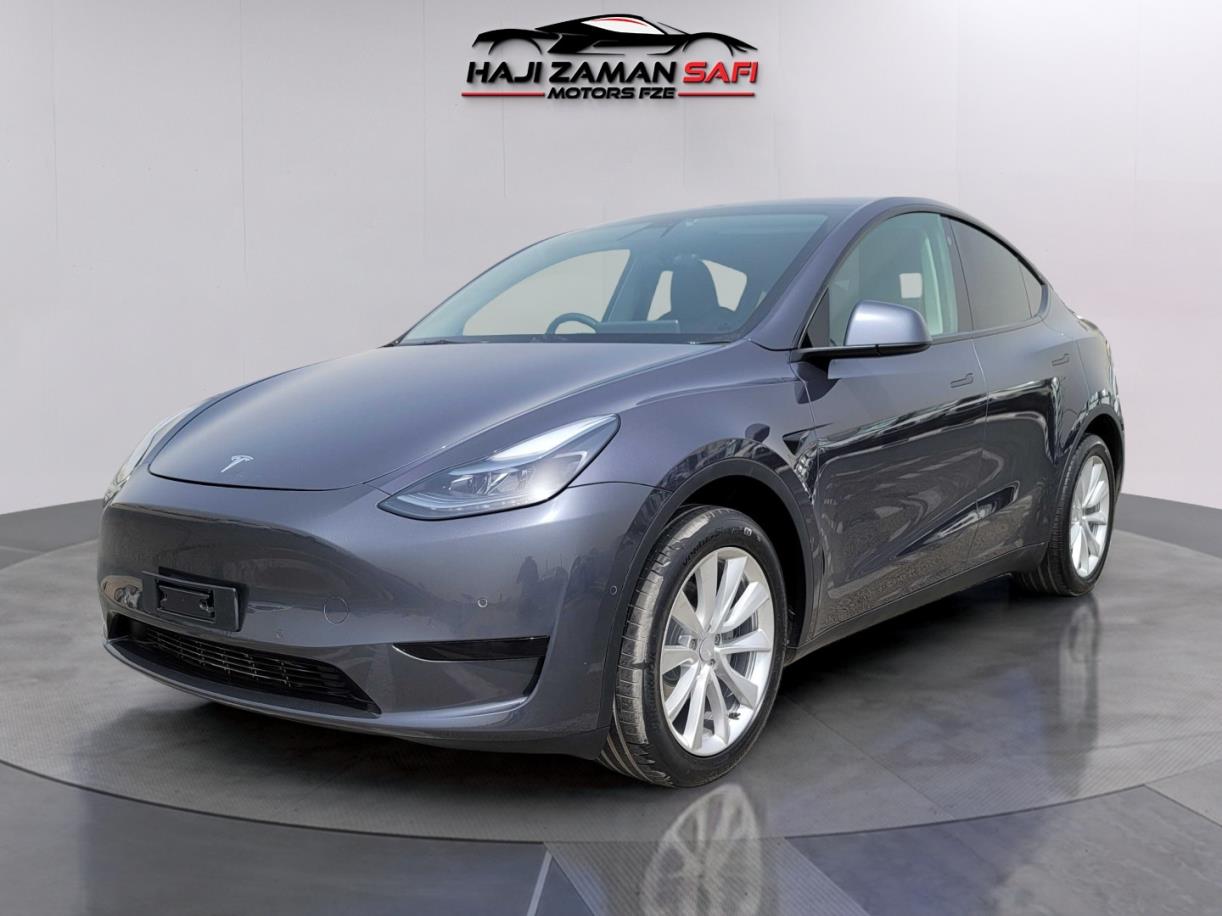When temperatures drop, the need for an efficient and dependable home heating solution becomes top priority. A forced hot air heating system remains one of the most effective ways to heat your home quickly and evenly. At Protec Inspection Services, we’ve inspected countless systems and can confidently say that this option offers both performance and peace of mind.
What Exactly Is a Forced Hot Air Heater?
A forced hot air heater uses a central furnace to warm air and a blower to distribute that heated air through a network of ducts into every room of your home. The system activates automatically when your thermostat senses that the indoor temperature has fallen below the set level.
Unlike traditional heating systems that warm water or surfaces, a forced hot air heating system moves warm air through your home fast—offering immediate comfort and improved air circulation. Plus, it can be paired with air filtration, cooling systems, and humidity controls, giving you year-round climate management.
How Forced Hot Air Heating Works
Here’s a simplified breakdown of how this system operates:
-
Thermostat Detection
The thermostat identifies a drop in temperature and signals the furnace to start. -
Air Intake and Heating
Cool indoor air is pulled into the system, passes through a heat exchanger, and is warmed. -
Air Distribution
A powerful blower pushes the heated air through ducts and out of vents into your living spaces. -
Circulation Loop
Once the air cools, it’s cycled back into the system, reheated, and redistributed.
This process ensures consistent warmth, room to room, with minimal energy waste.
Why Choose a Forced Hot Air Heating System?
Opting for a forced hot air heater offers several valuable advantages:
🔹 Quick Warm-Up
This system delivers heat rapidly, so your home reaches your desired temperature in less time.
🔹 Energy Efficient
Modern systems are built for efficiency—especially when used with smart thermostats—leading to lower utility costs.
🔹 Improved Indoor Air
With proper filtration, your forced air system can help reduce allergens, dust, and airborne particles.
🔹 Optional Humidity Control
Compatible with whole-home humidifiers and dehumidifiers, these systems help maintain healthy moisture levels in winter and summer.
🔹 Lower Installation Cost
Compared to radiant or boiler-based systems, forced hot air heaters are typically more affordable to install and maintain.
How Does It Compare to Other Heating Options?
When evaluating your heating system options, it’s important to consider the unique advantages and trade-offs each system offers. Here’s how the forced hot air heating system stands out against other common heating methods:
Versus Radiant Heat Systems
Radiant heating systems—such as underfloor heating or radiant panels—warm surfaces directly and provide a gentle, even heat. However, they tend to be slow to heat up a space because the heat must build gradually through conduction. Additionally, radiant systems do not circulate air, so they lack the ability to filter or circulate air through your home. This means they won’t improve indoor air quality or reduce allergens like forced air systems can. If you’re looking for quick heat and improved air circulation, forced hot air systems have a clear edge.
Versus Boiler Systems
Boilers heat water or steam and circulate it through radiators or baseboards to warm a home. One of the key benefits of boilers is that they operate silently, making them ideal for those sensitive to noise. However, boilers typically involve higher installation and maintenance costs due to their complex plumbing and mechanical components. Repairs can also be more costly and time-consuming. In contrast, forced hot air systems tend to be easier and more affordable to install and maintain, making them a popular choice for many homeowners.
Versus Electric Heaters
Electric heaters are usually compact and efficient for heating small spaces or individual rooms. They’re easy to install and have low upfront costs. However, when it comes to heating an entire home, electric heaters become less efficient and more expensive to operate. Forced hot air systems are designed to heat large areas quickly and evenly, distributing warm air through ductwork to every room in the house, making them a more practical and cost-effective solution for whole-home heating.
If you want fast, consistent heat across your entire home, a forced hot air heater delivers exactly that.
Installation Mistakes to Avoid
At Protec Inspection Services, we often see issues during home inspections that stem from poor system setup. To avoid problems, watch out for:
-
Wrong System Size
An oversized or undersized unit can lead to energy waste and uneven heating. -
Faulty Duct Design
Poor duct layout or leaks can significantly reduce efficiency and airflow. -
Lack of Regular Maintenance
Skipping seasonal checkups or forgetting to change filters can cause breakdowns and reduce performance.
Professional installation and routine service are key to getting the most from your forced hot air heating system.
Final Thoughts from Protec Inspection Services
Choosing a forced hot air heater gives you a combination of fast heating, energy savings, and year-round indoor air quality control. Whether you’re building, buying, or upgrading your home, this system offers the comfort and reliability modern homeowners need.
If you’re considering installing or evaluating a forced hot air heating system, let Protec Inspection Services help. Our team is here to guide you through inspections, recommendations, and long-term system care.
Need help deciding if a forced hot air heater is right for your home?
Contact Protec Inspection Services today—we’re here to keep your home safe, comfortable, and energy-efficient all year long.
Free Post – Click Here



